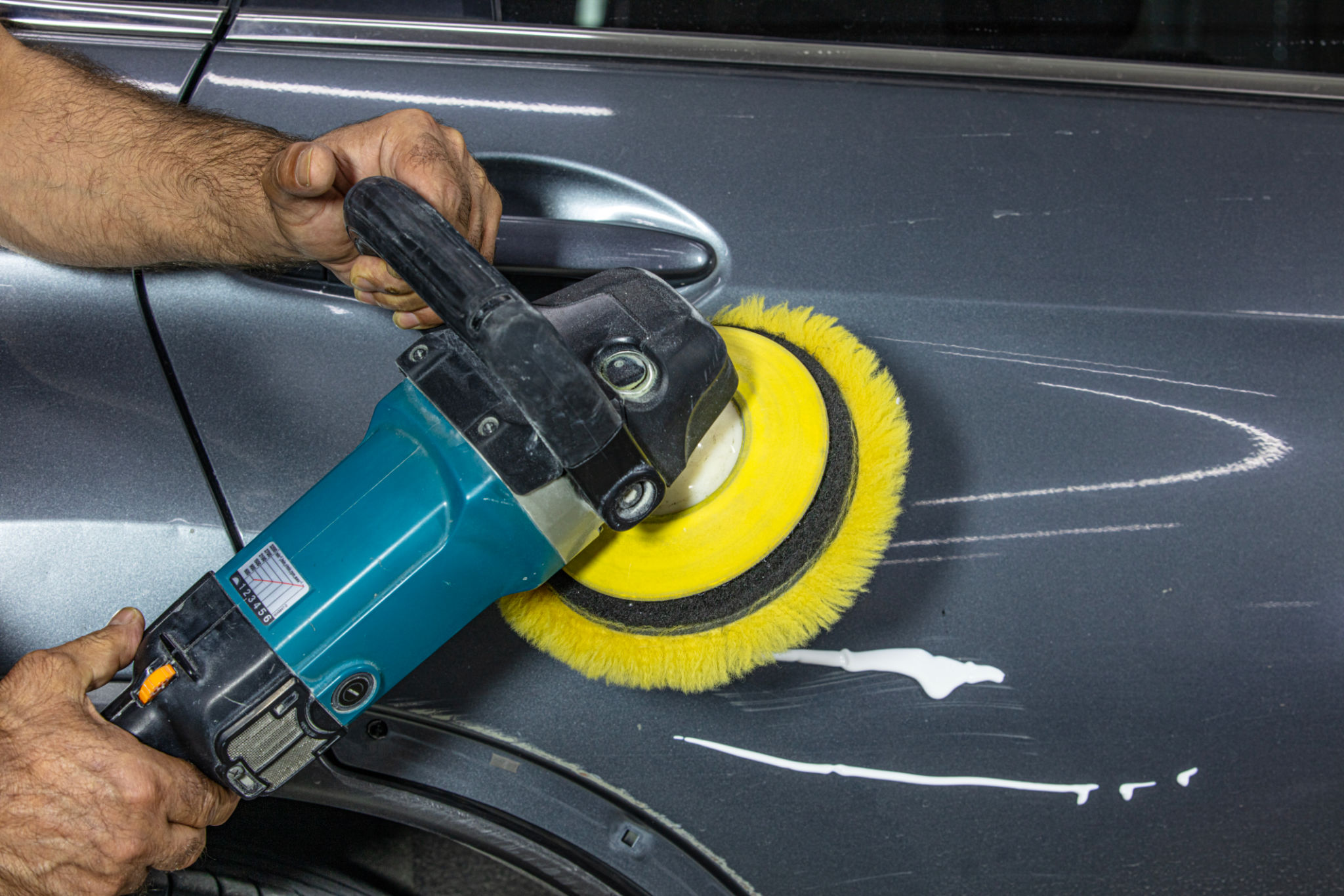Ceramic Coating vs. Traditional Wax: Which is Best for Your Car?
Dm
Ceramic Coating vs. Traditional Wax: An Introduction
Choosing between ceramic coating and traditional wax for your car can be a daunting decision. Both offer unique benefits and serve as protective measures against the elements, but they cater to different needs and preferences. Understanding the differences can help you make an informed choice for your vehicle's maintenance.

Understanding Ceramic Coating
Ceramic coating is a liquid polymer applied to the exterior of a car. It chemically bonds with the factory paint, creating a protective layer. This coating is known for its durability and long-lasting shine, often lasting several years with proper maintenance. It offers excellent protection against UV rays, chemical stains, and oxidation.
One of the standout features of ceramic coating is its hydrophobic nature. Water beads off easily, and dirt and grime have a harder time sticking to the surface, making cleaning your car significantly easier. However, applying ceramic coating requires precision and is often best left to professionals, adding to the cost.
The Pros and Cons of Traditional Wax
Traditional wax has been a staple in car care for decades. It offers a natural shine and smooth finish that many car enthusiasts love. While it doesn’t offer the same level of protection as ceramic coating, it provides a good barrier against dirt and minor scratches.
Waxing is typically less expensive than ceramic coating and can be done at home with minimal equipment. However, the protection provided by wax is temporary, usually requiring reapplication every few months. This can be time-consuming for those looking for a low-maintenance option.

Cost Comparison
When comparing costs, traditional wax is generally more budget-friendly upfront. The materials needed are cheaper, and the process can be done without professional help. On the other hand, ceramic coating involves higher initial costs due to the need for professional application and high-quality materials.
In the long run, however, ceramic coating may prove more economical due to its longevity and reduced need for reapplication. Consider your budget and how much time you are willing to invest in maintaining your vehicle's appearance when making your decision.
Which Option Offers Better Protection?
If protection is your primary concern, ceramic coating is the superior choice. It provides a robust shield against environmental contaminants, UV rays, and minor scratches. Its hydrophobic properties also mean less time spent cleaning your car.
On the other hand, wax offers basic protection and enhances the car's shine but requires frequent reapplication to maintain its effectiveness. For those who prefer a hands-on approach and enjoy regular detailing sessions, wax can still be a viable option.

Making the Right Choice for Your Car
The decision between ceramic coating and traditional wax ultimately depends on your individual needs and preferences. If you want long-lasting protection with minimal upkeep, ceramic coating is likely the best choice. For those who enjoy a more hands-on approach and appreciate a classic shine, traditional wax may be more suitable.
Consider factors such as budget, time commitment, and desired level of protection when making your decision. Both options have their own set of advantages and can keep your car looking its best when used correctly.
Conclusion
In summary, both ceramic coating and traditional wax have their place in car care routines. They offer different levels of protection and maintenance requirements, catering to various preferences and lifestyles. By weighing the pros and cons of each option, you can choose the best solution to keep your car looking pristine for years to come.
